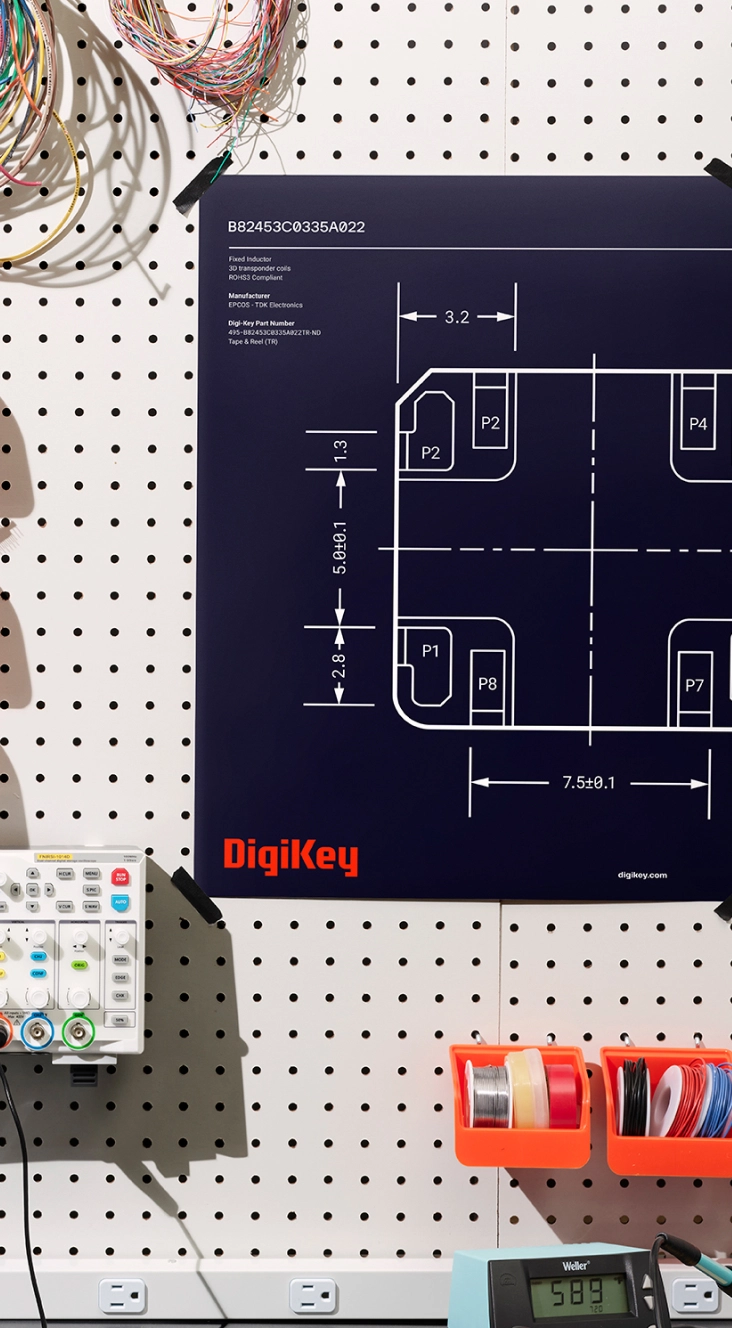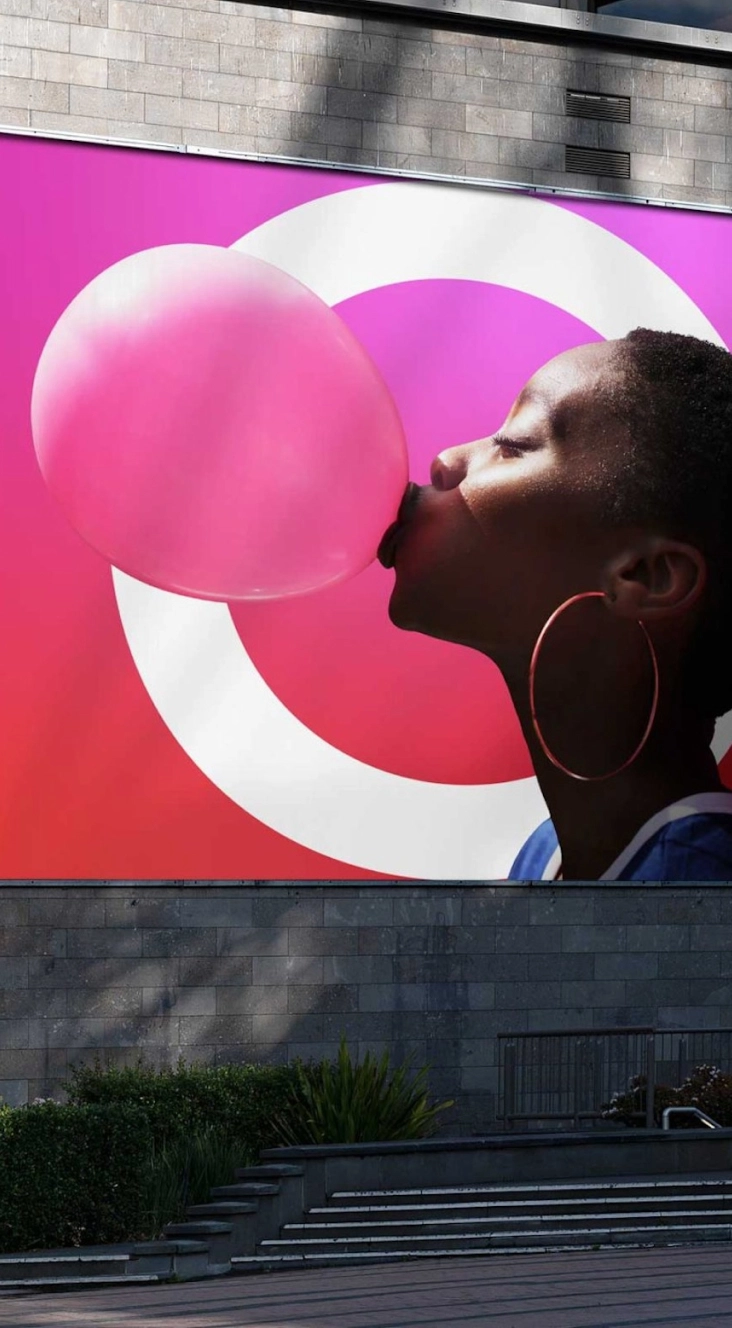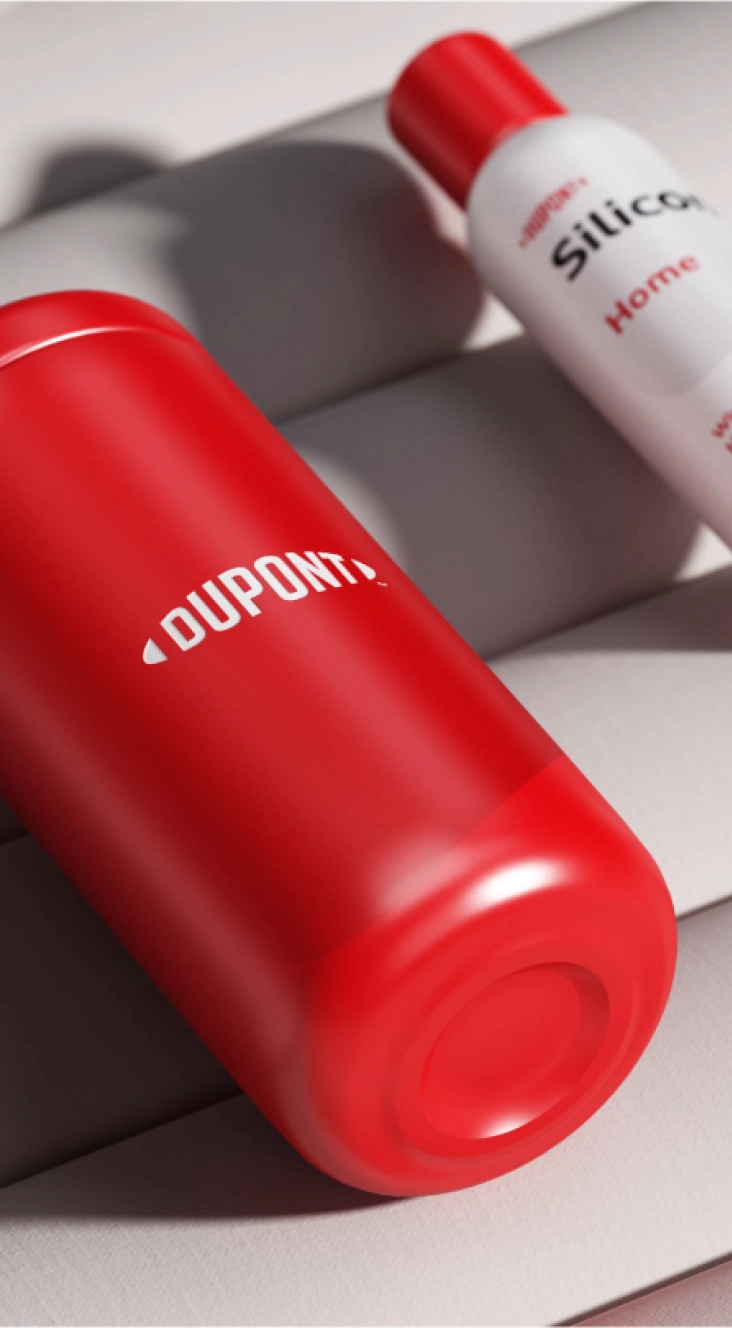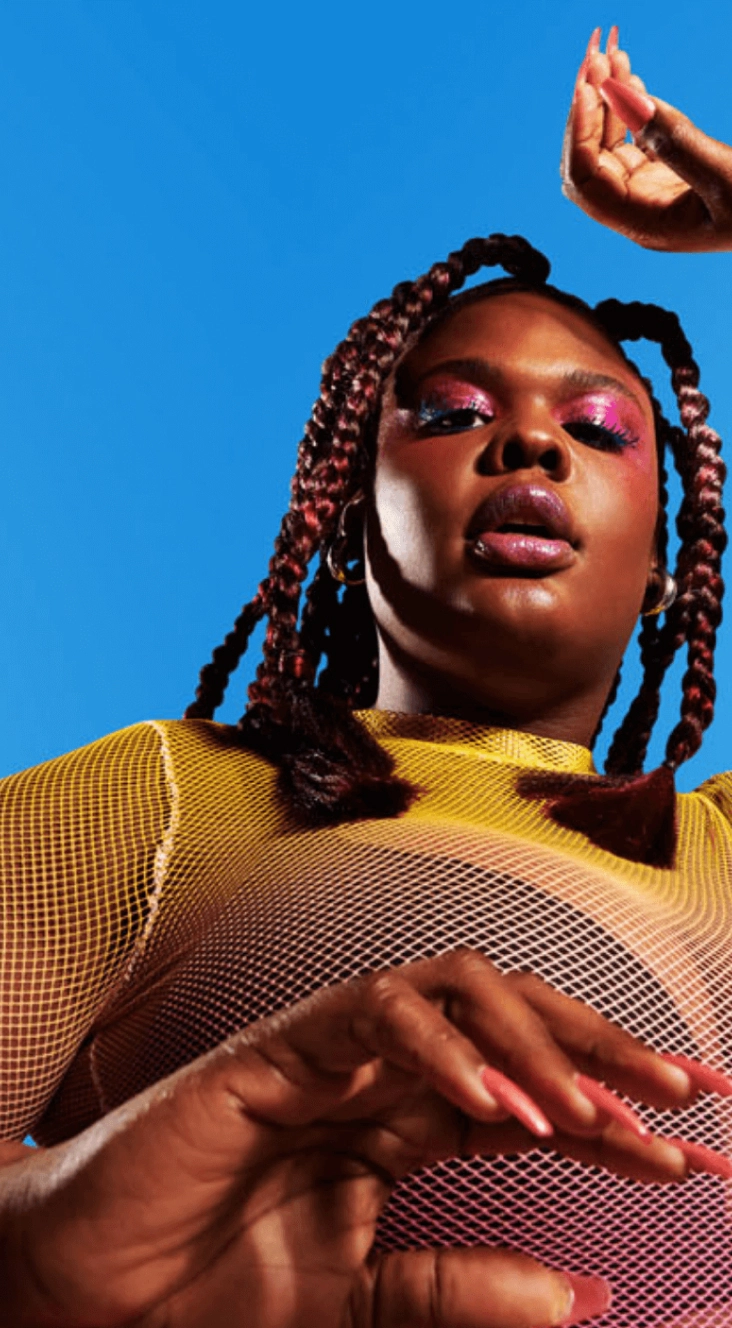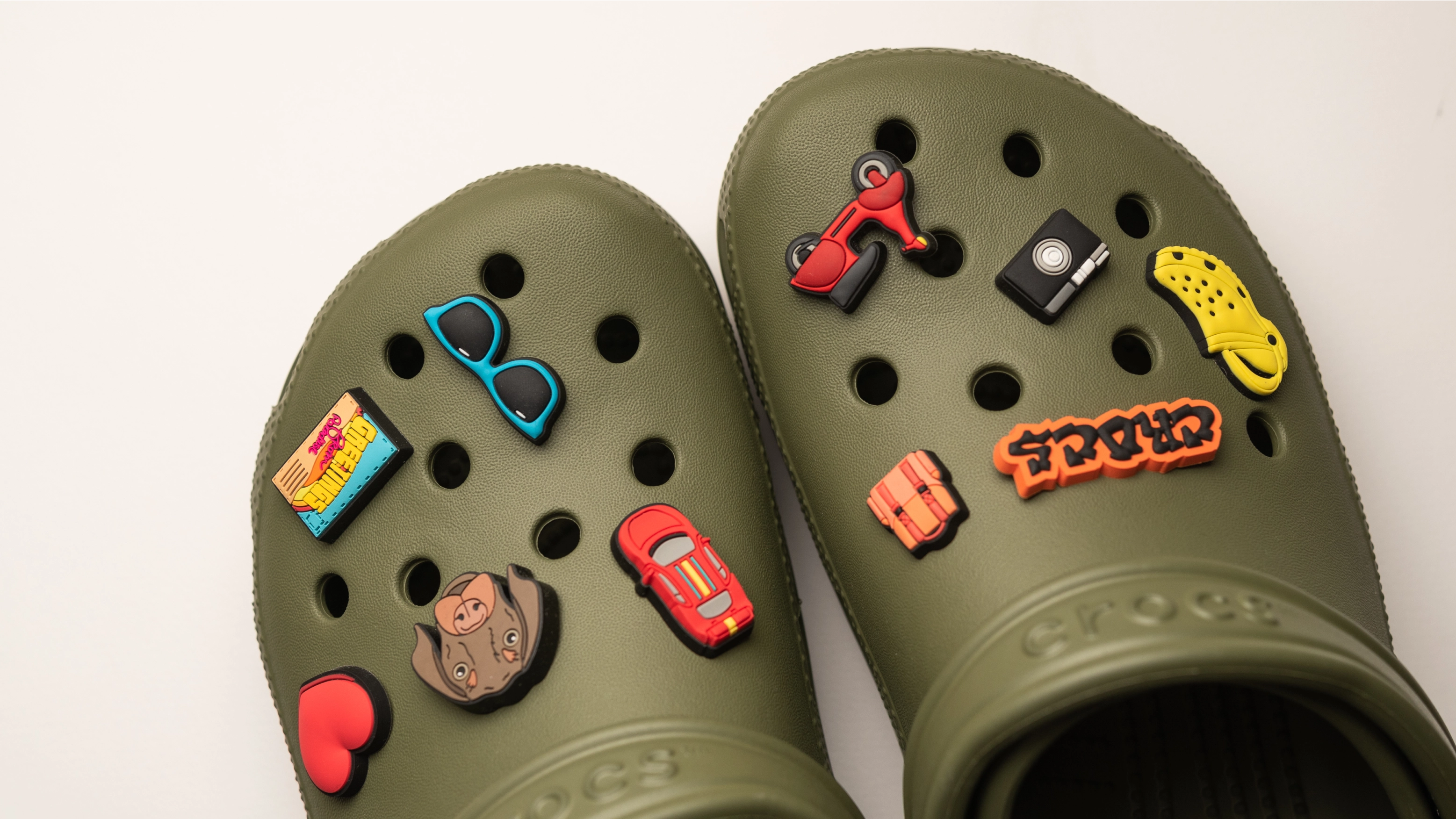Go-to Brand Spotlight: Crocs
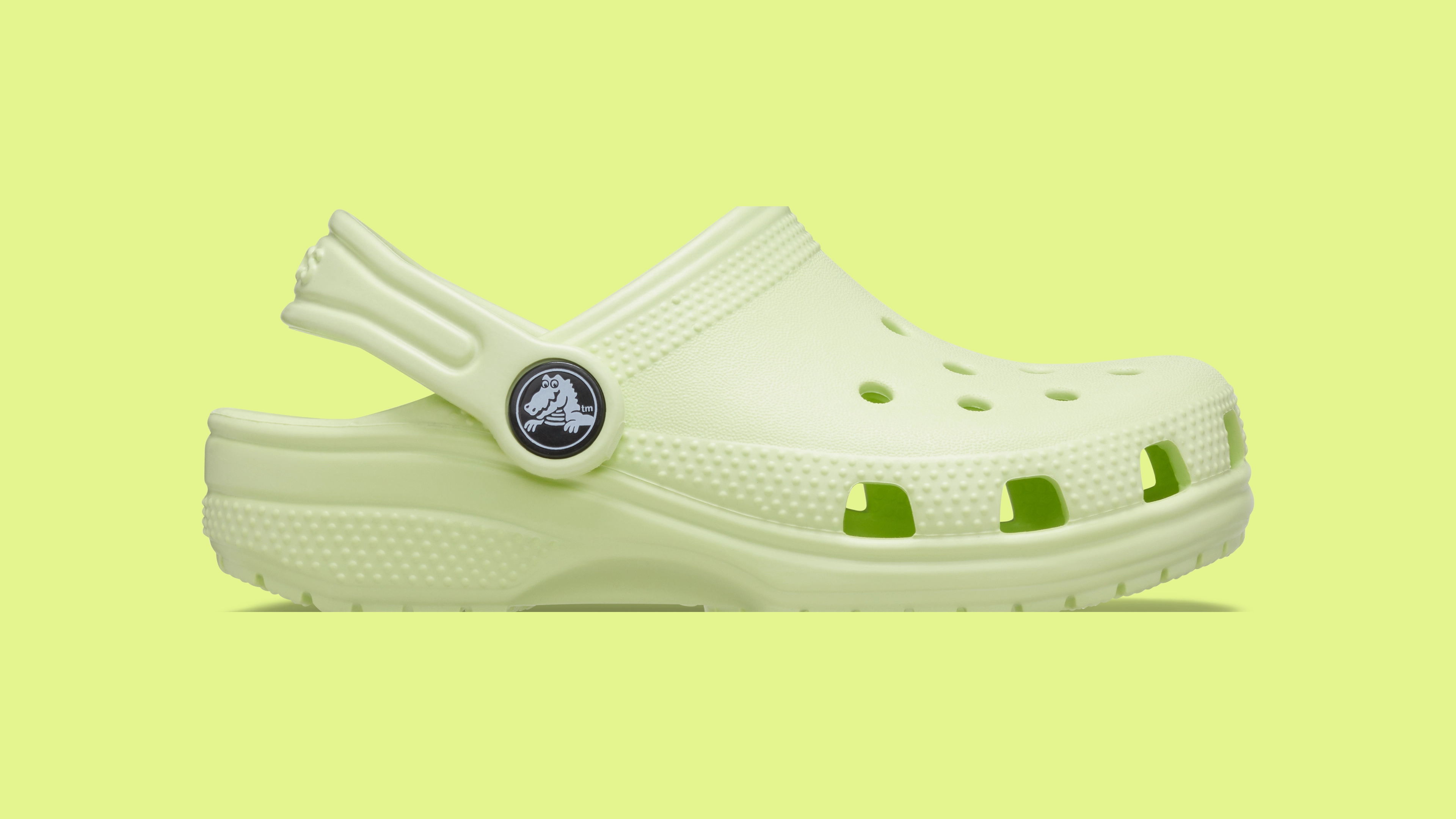
This is the second entry in a spotlight series that investigates how brands become “go-to.” Go-to brands are brands we love for how they relate to us and benefit our lives. They’re not institutions that force themselves into our world, but agents we happily pull in—and they earn 5x average revenue growth than that of their transactional peers. Specifically, they excel on two key dimensions: They (1) foster connection and (2) enable progress. Let’s explore what we can all learn from Crocs’ path to “go-to.”
From low relevance to “Go-to” Legend
Flexibility, comfort, and personality—that’s what Crocs built its brand around. But by the end of the late-aughts, the classic clog (a Crocs icon) had been pushed to the side, and even became a punchline. “We had a relevance issue,” Michelle Poole, EVP and Brand President of Crocs, told us in March. “Our awareness was up there with Apple and Coca-Cola, but for too many people, we just weren’t ‘for me.’”
Today, whether it’s the sidelines of a soccer game in Peoria or the Balenciaga runway in Paris, Crocs are everywhere. How did they go from low relevance to “go-to’?
Drawing on insights from our conversation with Michelle Poole and a deep dive into Crocs’ brand initiatives, we’ll explore how Crocs has increased their revenue by 400% since 2020 and flourished into a go-to brand by (1) fostering connection and (2) enabling progress.
Fostering connection
01 | Being “true to me”: Inviting customers to “come as you are” and making the brand “delightfully democratic”
Developed in 2002, Crocs subverted the paradigm for what a shoe could be. Active, but lazy; comfy, but peculiar; instantly recognizable and endlessly customizable. To increase relevance, Poole leaned into the latter. “In 2015, we started a rallying cry, ‘Come as you are,’” she says, and that rallying cry played itself out in the product. Customizable colors, bold designs, and the endlessly personal “Jibbitz” (playful “shoe charms” that wearers stick into their Crocs). Jibbitz may seem simple, but they’re a gateway to self-expression and creativity, and whether you’re adding letters or bulldozer shovels, they soon become a dynamic creative expression that links you to the brand.
To reach customers who may not have otherwise considered Crocs, Poole developed a bold, diverse, and playful partnership strategy “to turbocharge our own creativity.” From Barbie to Balenciaga, Hello Kitty to KFC, Crocs became “delightfully democratic” with buzzworthy collaborations that invited new customers into the experience.
The key to finding the right partners, though, was originality and authenticity. Can the partnership really bring something new to customers? As Poole said, “we don’t want to just do a logo slap. I think, ultimately, it’s about when we put these two brands together, can we really create something compelling for the consumer?”
When they collaborated with Post Malone, he delivered free shoes at the “Chicken Express” in South Lake, Texas—the fast food restaurant where he worked as a teen—perhaps a pinnacle in authentic, original brand partnerships.
“We don’t want to just do a logo slap. I think, ultimately, it’s about when we put these two brands together, can we really create something compelling for the consumer?”
02 | “Show you care”: Supporting the causes that customers hold dear
Lippincott research reveals a second key dimension that fosters connection: showing you care.
For such a playful brand, Crocs takes corporate citizenship seriously. “Old Crocs. New Life”, launched as a pilot last year and expanded nationally in May, gives customers a discount if they mail in their old Crocs, which will get a “new life” through the Soles4Souls donation partner.
Similarly, their “Crocs Cares” programs donates shoes (and funds) to global communities in need. And finally, Crocs commits to reduce their carbon footprint through the aptly-named “Comfort the planet” program, a commitment to use innovative packaging alternatives, and integrate bio-based materials into their shoes to minimize the environmental impact of their products.
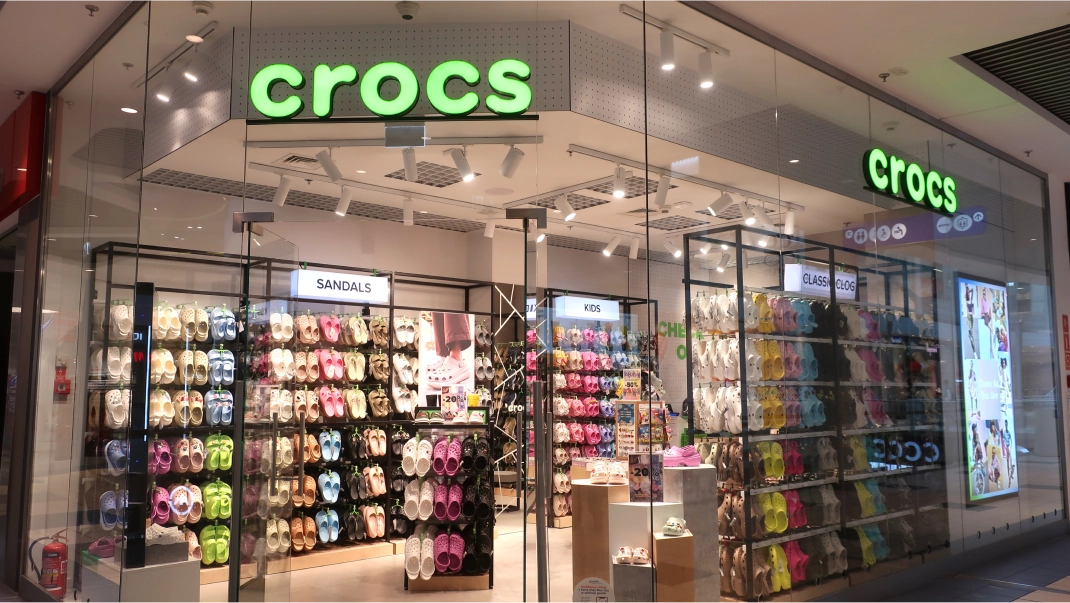
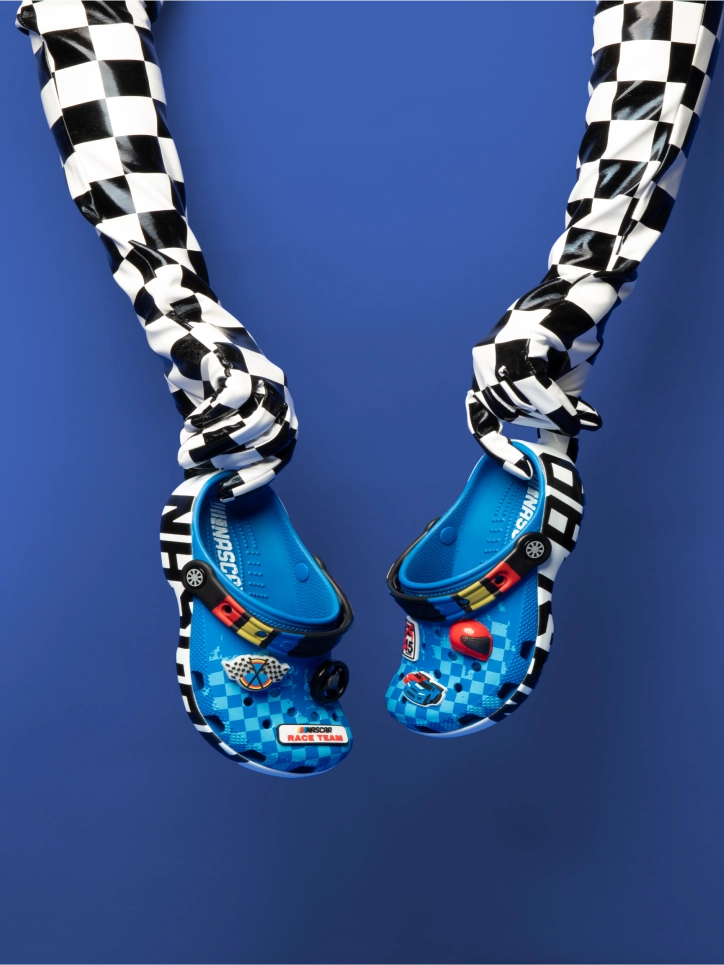
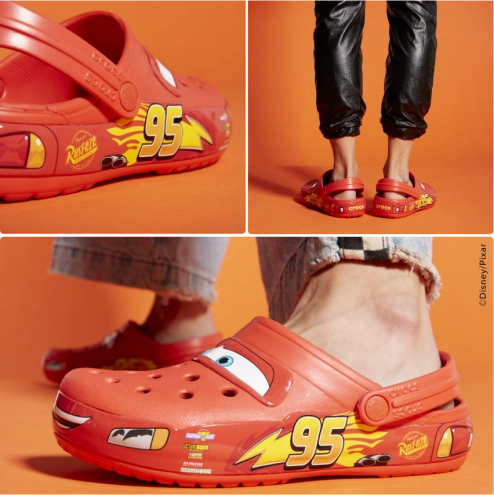
Enabling progress
01 | “Advance my world”: Turning “ugly” into a community
“Enabling progress” requires more than just functional excellence; it’s about helping customers form meaningful communities. Through Crocs’ original collaborations and celebrity activations, wearing the clog became a way to associate with people who love what you love—from Basquiat to SpongeBob—and what once was considered “ugly” now becomes the symbol of participation.
The result? You come for the collabs, but stay for the comfort. As one Reddit user explained, “Everyone started ironically - felt the support and comfort of the shoe - then never looked back.” Which brings us to our final point…
02 | “Work like magic”: Leaning into (and staying true to) their molded comfort differentiator
At the height of their relevance challenges, Crocs could have run away from the core of their brand—the classic clog—and reinvented around a less recognizable silhouette. Instead, Poole says, “we repositioned it as the center of our brand.”
This meant unabashedly promoting its molded comfort, putting a functional benefit center stage, no matter the use case. Into gardening? Try a turf-lined Croc. Standing for hours at a restaurant? Try a bistro slip-resistant chef shoe.
As more and more customers got familiar with Crocs, more and more people felt what “molded comfort means”—even leading some customers to plead with the uninitiated, “Don’t Wear Crocs.” Because, as the tongue-in-cheek viral video explains, first you’ll just wear them around the house … next you’ll wear them to the grocery store … then you’ll wear them to pick up your kids from school … and the next thing you know, you’re never in anything but Crocs.
While the brand seems pervasive now, much of that growth came from helping micro-communities of customers be more comfortable performing their passions. True to the brand, true to the customer—and everyone’s making progress.
“Now, whether it’s the sidelines of a middle school soccer game in Peoria or the Balenciaga runway in Paris, Crocs are everywhere.”
Croc’s path to “Go-to” status is a story of fostering connection through “delightful democracy,” and enabling progress by subverting weaknesses to make them strengths.
Can you turn your product into a platform for self-expression, like Crocs did with Jibbitz and diverse collaborations?
Can you find partnerships that will turbocharge your own creativity and introduce your brand to new audiences?
Can you show customers you care by aligning with causes that they prioritize?
Can you lean into your core differentiator, like Crocs did with the clog and “molded comfort”?
Can you evolve your brand while maintaining what makes you “iconic”?
Crocs is an aspirational example of determined storytelling and clear framing. What began as weaknesses were converted to strengths when Crocs showed, time and again, that it was certainly in on the joke. Its heritage took on new value and reached new audiences who never turned back once they experienced the promise of “molded comfort.” As Poole puts it, “Some of the things that Crocs was hated for are now why consumers love us. We are bold.”
We look forward to continuing this series, sharing more wisdom from conversations with go-to brands. In the meantime, explore Lippincott’s “Go-to Brands” resources for more principles in driving business growth and resilience by creating meaning for customers.


